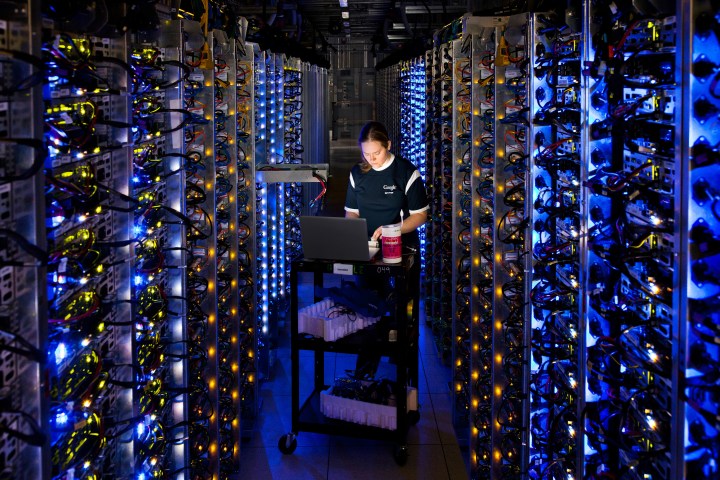
What does this mean, exactly? As Google explains in a blog post, this challenging mandate ensures that when waste leaves a data center, none of it ends up in a landfill. Rather, 100 percent of it makes its way toward “a more sustainable pathway, with no more than 10 percent of it going to a waste-to-energy facility.”
Across the world, Google has already achieved 86 percent diversion of waste, and these numbers are even higher when solely considering data centers in Europe and the Asia-Pacific region. In fact, Google says, it has achieved 100 percent diversion from landfill in those two areas.
But these successes didn’t just happen overnight, Google admits. Rather, they found and stuck to a few themes with proven results. For example, Google said, the company worked to “find projects that do double duty — those that not only reduce or divert waste, but also have an added benefit, like energy savings or improved process efficiency.”
Though Google is close to its zero-waste goal, “the last 10 to 20 percent of waste diversion can be the hardest to solve.” That said, Google notes, “Zero-waste to landfill is just the first step in a long process to sustainably manage our resources throughout the entire lifecycle of our data centers.”
So look out, world. Google is greener than ever.


